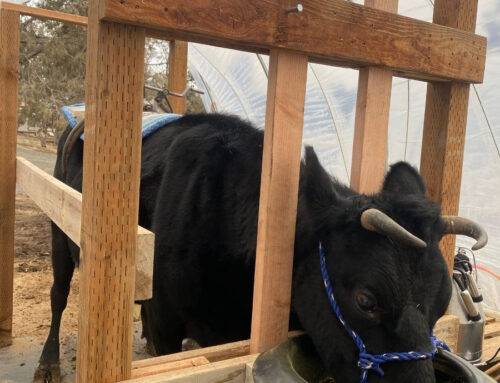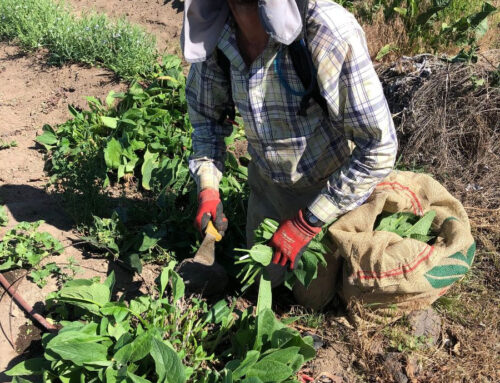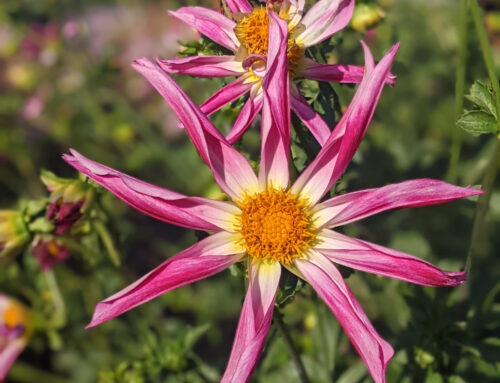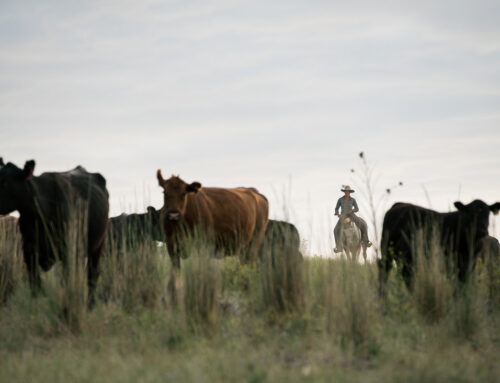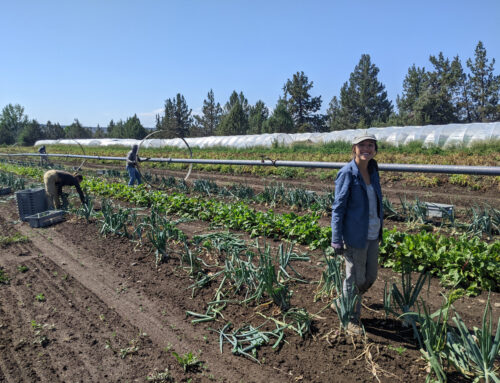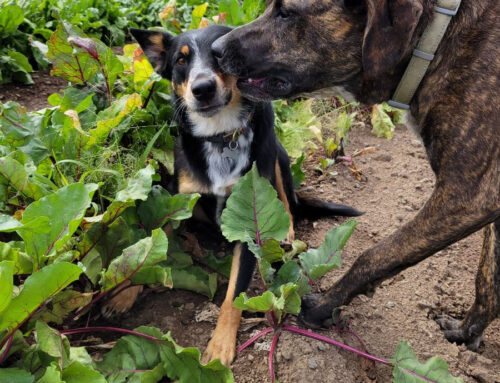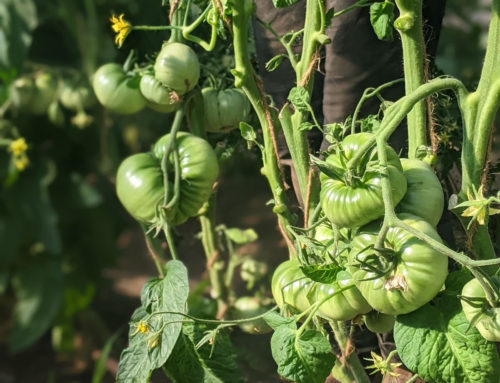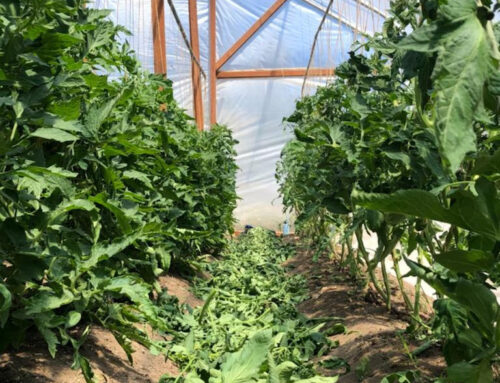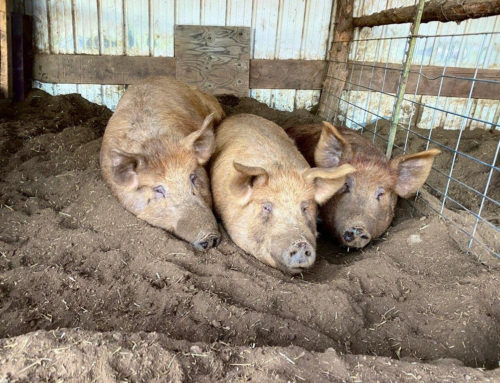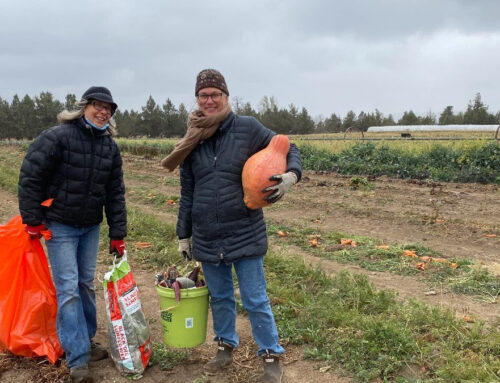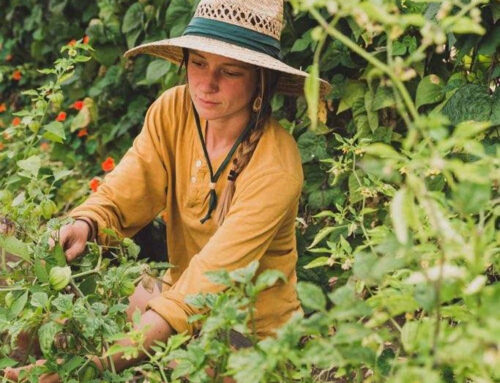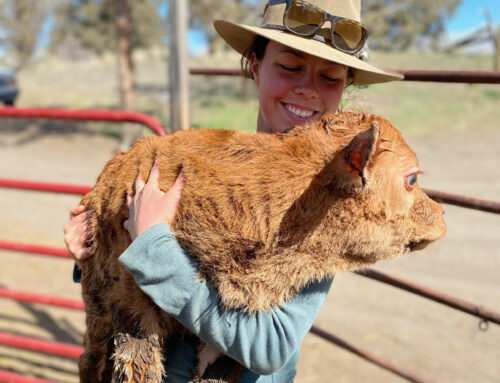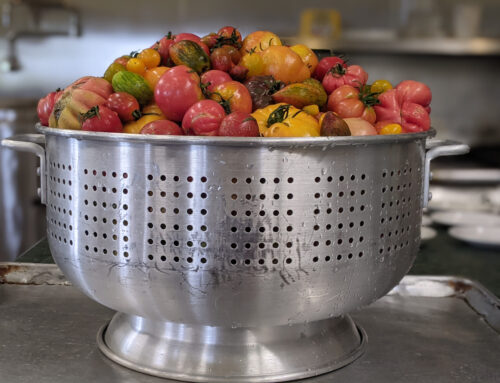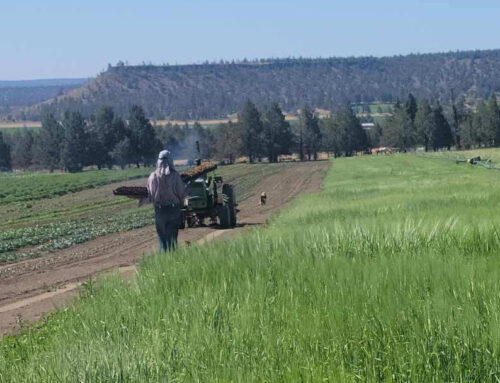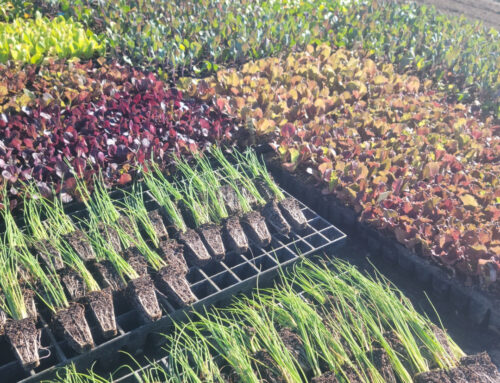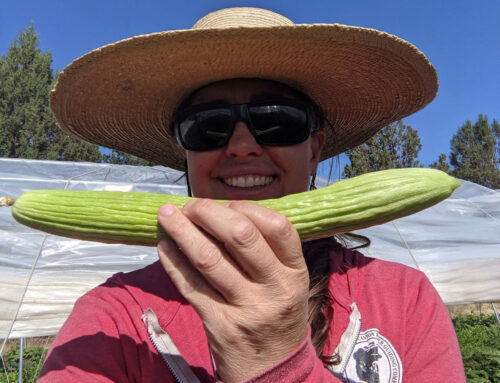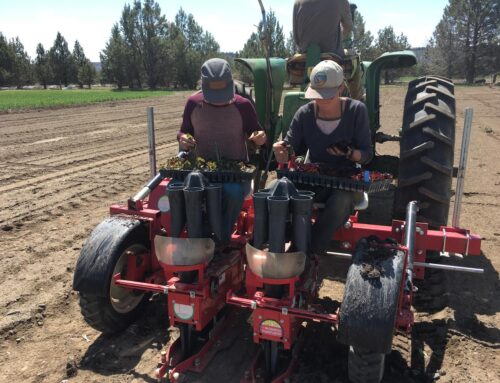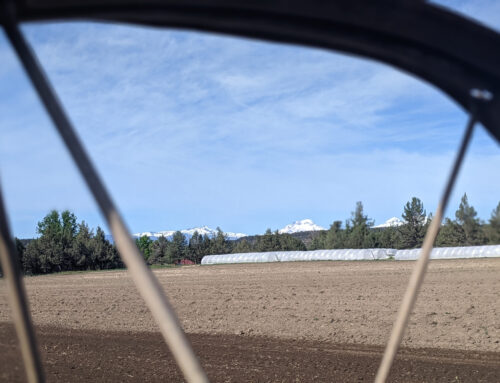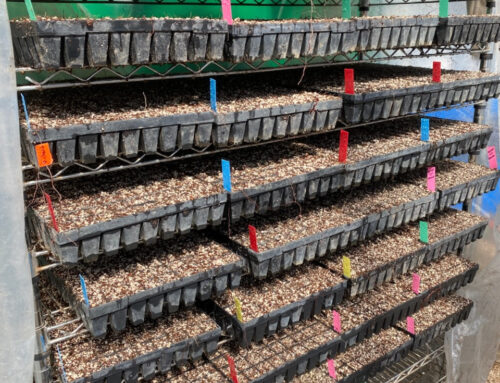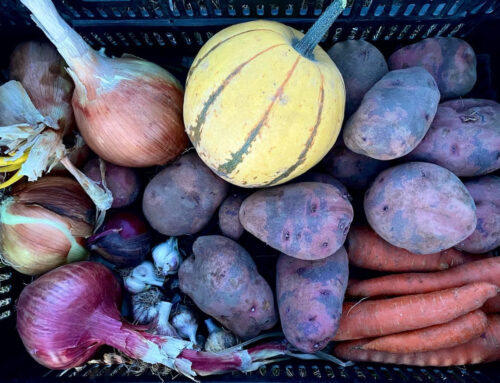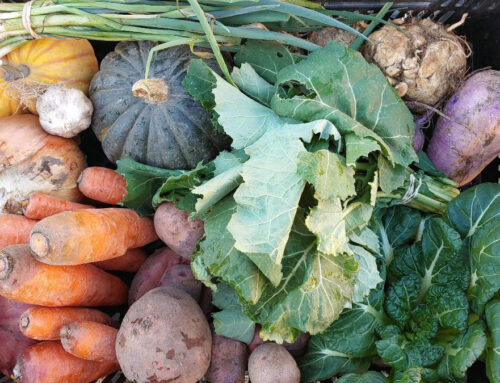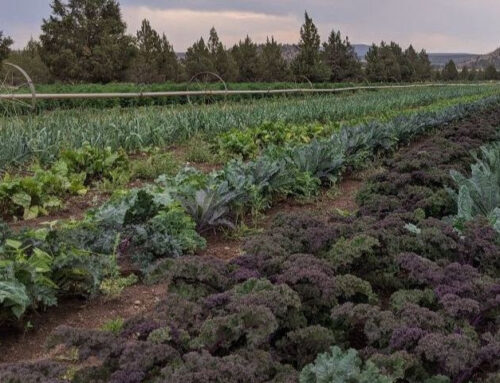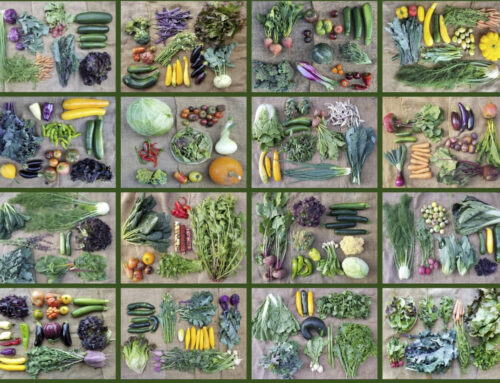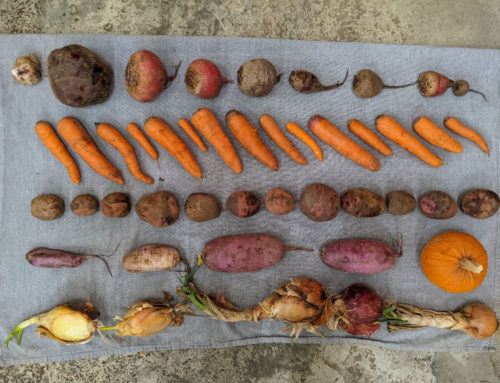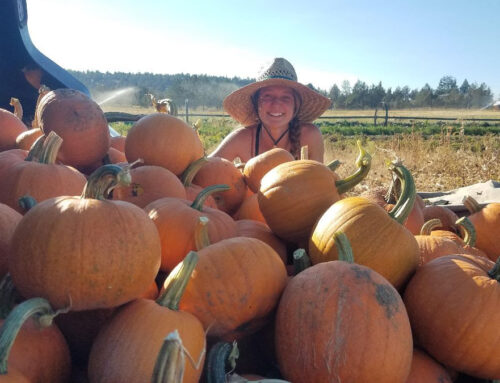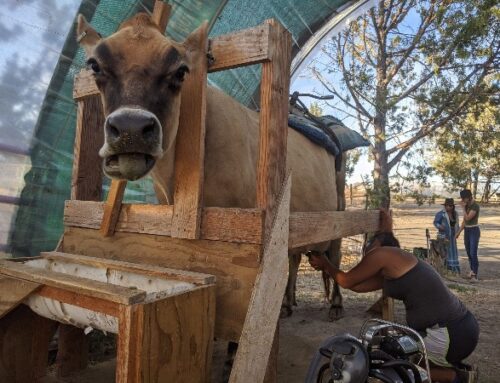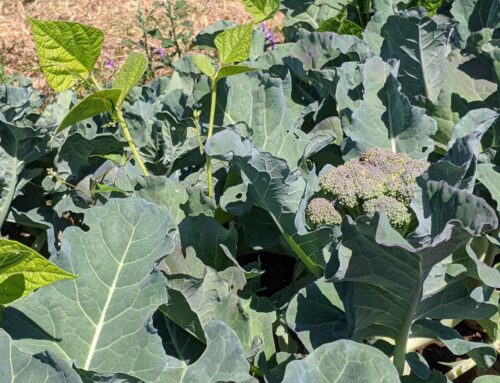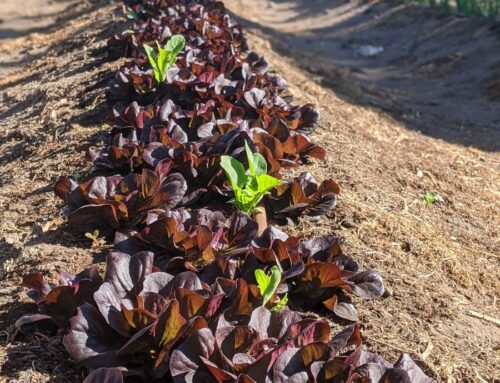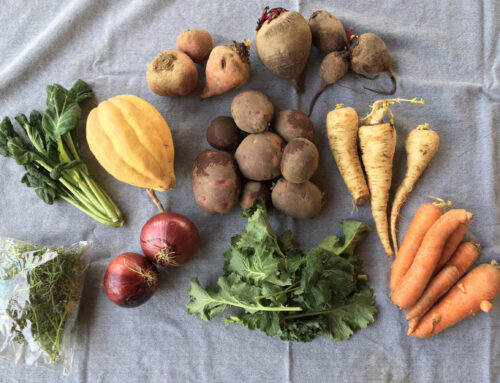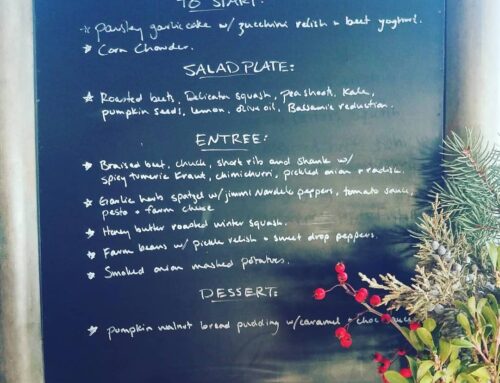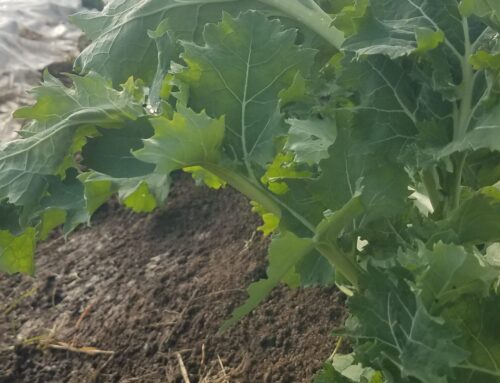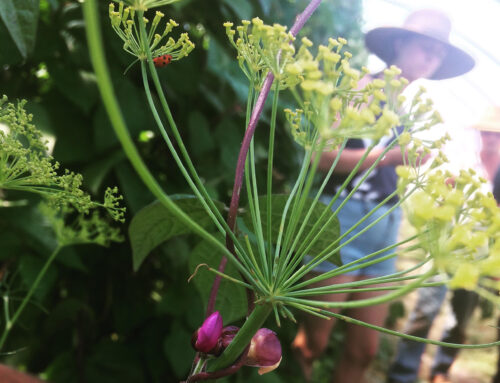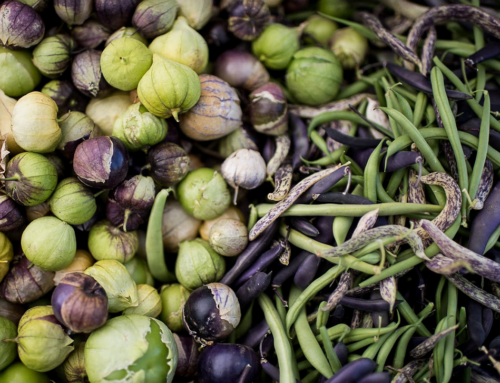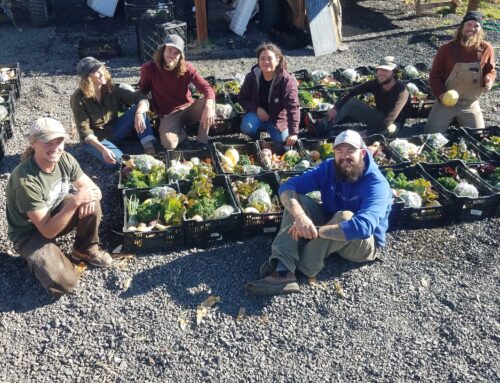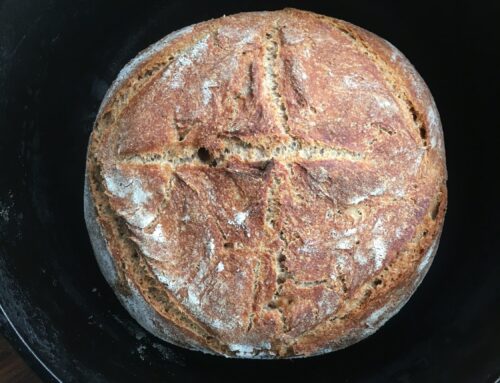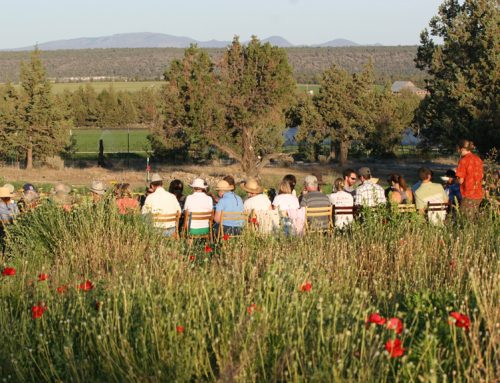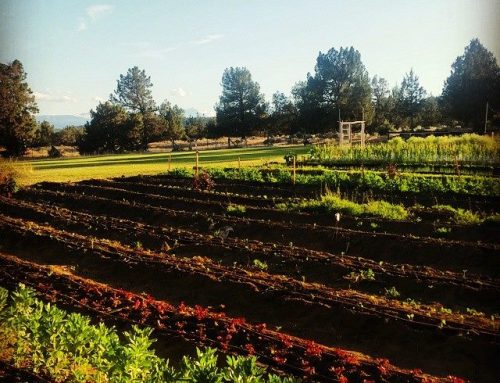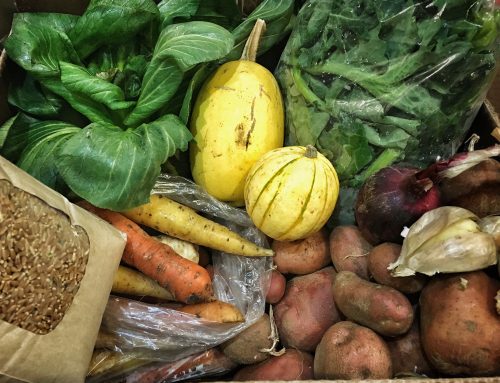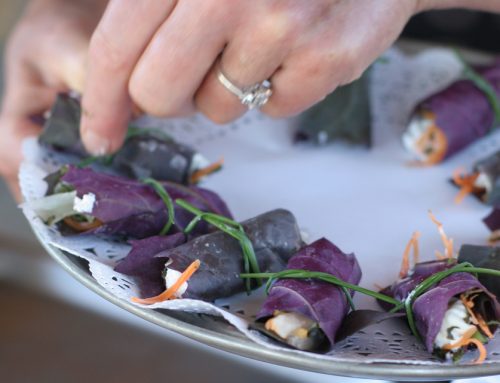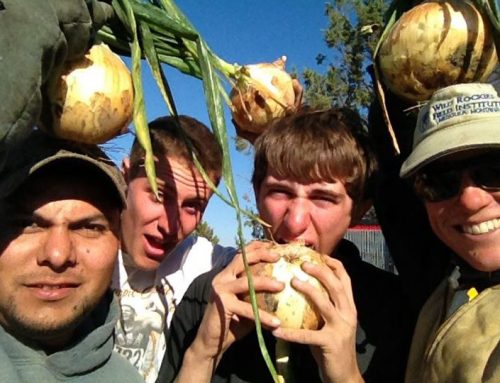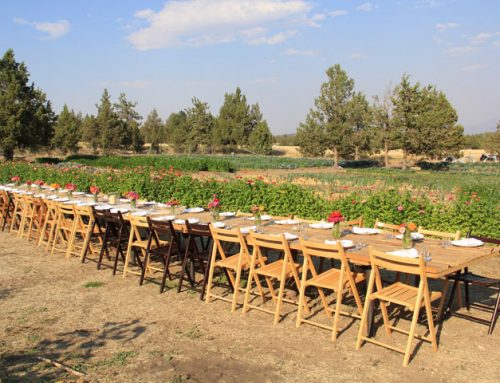It is more then hot here!
Last week we talked about the spring to summer transition. I’m almost sorry I mentioned it. Apparently, summer heard and decided to really make an appearance! Good gracious! We are looking down the pipe at the hottest days Rainshadow has ever seen. While veggies need sun and warmth to grow, 110F+ temps are TOO MUCH!!! We have spent the last week doing the things that were on the farm plan but always with an eye toward preparing, as best we can, all our little babies, animal and vegetable alike, for the heat.
We finished transplanting all our fall starts (brassicas, lettuce, and winter squash) and winter storage crops into the 25-acre and we got all the remaining hot and sweet peppers out of their pots and into their hoop house homes. This means that, with the exception of successions of lettuce mix, carrots, and the like, we have completed our planting for the year. From here on out is it harvesting and weeding for days and days!!!


Farmers Simon Yoklic and Sarahlee Lawrence weed in the 25-acre and purple Comfrey flowers bloom in the 2-acre. Photo credit: Kiely Houston.
Looking at the upcoming weather, we have spent some time preparing the animals and plants as best we can for the impending heat.
We harvested Comfrey leaves and are turning them into liquid fertilizer. We will send this fertilizer through the wheel line as we water the 25-acre to give the plants there a little self-defense nutrient boost as they protect themselves from the heat.
We are paying particular attention to when we water in the 2-acre and the hoop houses. The goal is to water for 1 hour starting at noon. This ensures that all the plants have the most water in the soil during the hottest part of the day, 2-4 pm. In order to keep the starts alive, we cruise through the 4-season and halfway house almost on the hour to water the trays. They are in so little soil, that we have to keep them topped off!
The beauty of the hoops and greenhouses is that they can keep things warmer during the colder parts of the day and year. That means that right now, during this oppressive heat, we are making sure that all the sides and doors are wide open to encourage as much airflow as possible and reduce the oven effect of the walls and roofs.



Farmer Adam Lavendar feeds transplants giving them a little nutrient boost, photo credit: Kiely Houston. Farmer Noah Graber cools the pigs down on a hot afternoon. Venting the halfway house so we don’t cook the starts in the heat.
We are paying particular attention to our animals as we head into this heat. In an effort to keep the animals as unstressed and comfortable as possible, we have moved all feeding into the shade, put as many of their water troughs on an auto fill system so they always have enough water, and we walk around and cool them down at certain points of the day. Our favorite cool down activity by far is spraying the pigs with the hose!
|
|
You might be slightly surprised by how your veggies look when you pick them up on Wednesday. We do everything in our power to keep vegetables fresh and crisp, but this week we will be working against a major obstacle. Especially at the Bend Farmers Market. The market is during the hottest part of the day on the forecasted hottest day of the week. They might appear droopy and wilty. We will try our best, but your vegetables will last longer and get perkier if you help them out.
Here are a few easy tricks to perking up your vegetables and helping to extend their usability this week.
- Get your vegetables into a fridge ASAP and consider bringing a cooler with an ice pack in it to pickup.
- As soon as you are home, fill your sink up with cold water and soak all your vegetables. You might even want to toss ice in the water to really refresh them. Take the tops off your carrots, radishes, and beets right away and soak them separately.
- Store your greens and herbs (but not basil, you should probably use that right away) right out of the sink by wrapping them in a damp towel and placing them in the crisper.
- Salad spin your salad after it has soaked and store it in a Tupperware with a damp towel.
Other Vegetable Options could include:
Kohlrabi
Kale
Asian Greens
Hakurai Turnips
Baby Fennel
Zucchini
Salad Mix
Arugula
Spinach
Carrots
Green Onions
Yod Fah
Cucumber
Herb options will hopefully include:
Chives
Dill
Parsley
Thyme
Oregano
Chives w/blossoms
Basil varieties
Lovage
Marjoram
Cilantro
Meat CSA
The meat CSA this week will be a random assortment of Beef cuts: ground beef, steaks, slow cooking options, etc. The assortment will truly depend on weight and your meat share!
|
|

|
|
Veggie IDs

Purple Daikon Radish are native to Asia. It is a beautiful purple color on the outside with purple streaks and veins inside the root. Purple Daikon have a mild spice to them, more of a zesty refreshing flavor, and are great shredded or sliced into salads, added to your favorite asian stir fry or turned into quick refrigerator pickles

Tulsi Basil is a fast growing aromatic native of India. It smells a bit like bubble-gum, is frost tolerant, and fast growing (why we like it here!). Tulsi Basil is used in Thai cooking, commonly paired in recipes with Coconut Milk, and the leaves can also be dried and turned into a very refreshing iced tea.
Stay cool out there and act like a pig: if it’s hot, drink some water and find a big puddle to splash around in. Or, better yet, get sprayed down by a hose!
Don’t forget that the Bend Farmers Market will be closing at 5 pm, not the regular 6 pm this week, so really make sure to get there before 5 pm. Let us know if you need to change your pickup time or date as a result.
Please email us let us know if you can’t make Wednesday or if someone else is picking up for you. We can’t wait to see you on Wednesday!




